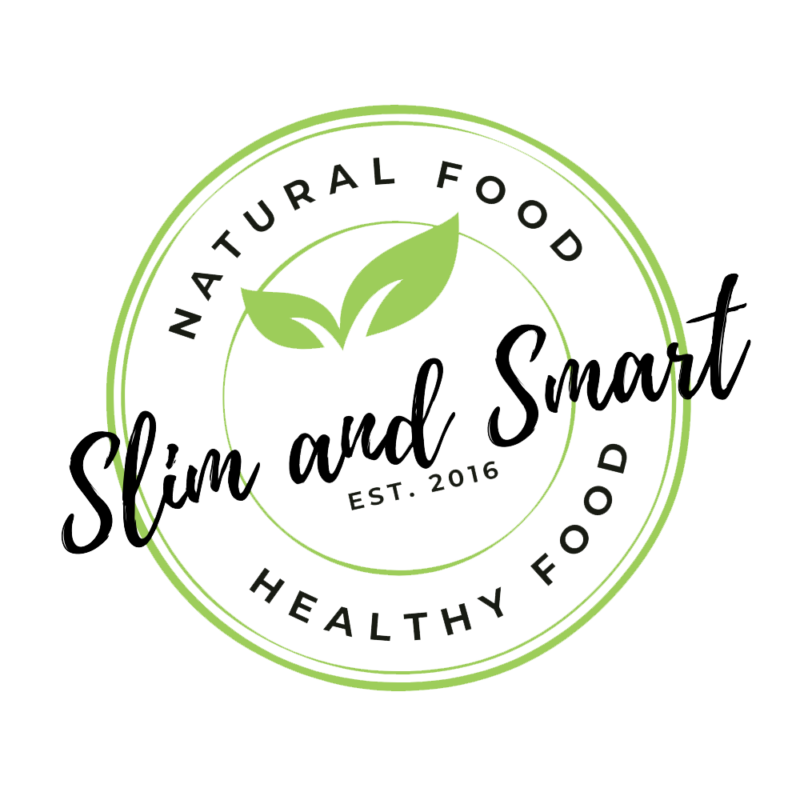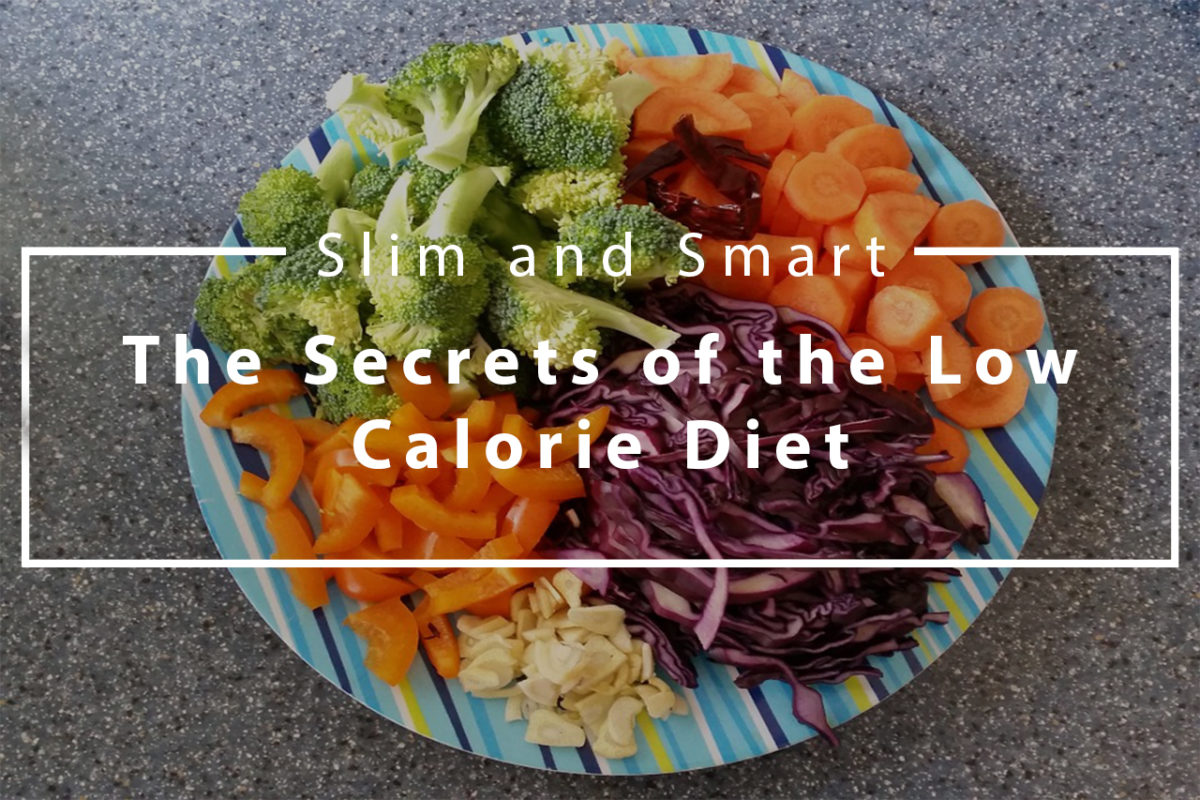Believe it or not, nowadays, the accelerated lifestyle, the fast paced life, the rat race, the everyday rush and the hours of sitting at the workplace are some of the most important reasons why we burn only a few calories, which consequently makes weightloss much more difficult. Eating a lot does not help either. In order to launch weightloss effectively, we need a so called „negative calorie balance”. It means that we need to burn more calories than we consume. This is the key to losing weight, and this is the fundamental principle of low calorie diet. The label ’low calorie’ however, can be quite consuming. It is not easy to decide, which food choices are good when you are on a low calorie diet. In this article, we would like to discuss the different types of ’low-calorie’ food in order to help dieters out there.
Did you know that daily calorie need depends on factors like sex (lower for women, higher for men), height, weight and – strangely – age. The older we grow, the less calorie we need. Interesting, isn’t it? Basically, this is the main reason why there is no „universal diet” that suits everyone’s needs, but there are different diets that are designed individually for each dieter. What works for one person, might not be good for the other, just like medical treatment.
There is a confusion concerning low calorie food labels that need clarification. The are three different sub-categories, based on the amount of calorie. These three categories are the following: reduced-calorie products, low-calorie products and calorie-free products. Let’s see what these mean.
The 3 sub-categories:
Reduced-calorie products: this is one of the most well-known category. In this case, they reformulate the original recipe, and reduce the calorie content by at least thirty percent (for instance, in case of juices or soda drinks, they reduce the amount of sugar). Basically, reduced-calorie products contain less sugar and consequently less calorie. The manufacturer should indicate the amount of reduction on the packaging of each product, saying, for example, „30 % less sugar or calorie”.
Low-calorie products: for instance, drinks are considered to be ’low-calorie’, when the calorie content is maximum 20 kcal in 100 ml. There are many foods that are low-calorie: for example, cucumber, spinach, asparagus (these are not only low-calorie, but they are rich in magnesium and calcium that can contribute to healthy digestion), blueberry, carrot, pineapple, lettuce, papaya and lemon (high in Vitamin C and fat-burner flavonoids that can facilitate weight loss and the production of thyroxin. It is important to note that low-calorie and reduced-calorie do not mean the same.
Calorie-free or zero calorie products: a product can only be calorie-free or zero-calorie if its calorie content is maximum 4 kcal in 100 ml or 100 g. It is for sure that if something is calorie-free that it is sugarfree at the same time, which is good news for patients suffering from insuline resistance or diabetes. Of course, if something sweet does not contain added sugar, they need to substitute it with sweeteners, for example, erythritol, xylitol or the naturally occuring stevia in the form of stevia extract.
If you are looking for low calorie ingredients, click HERE.

